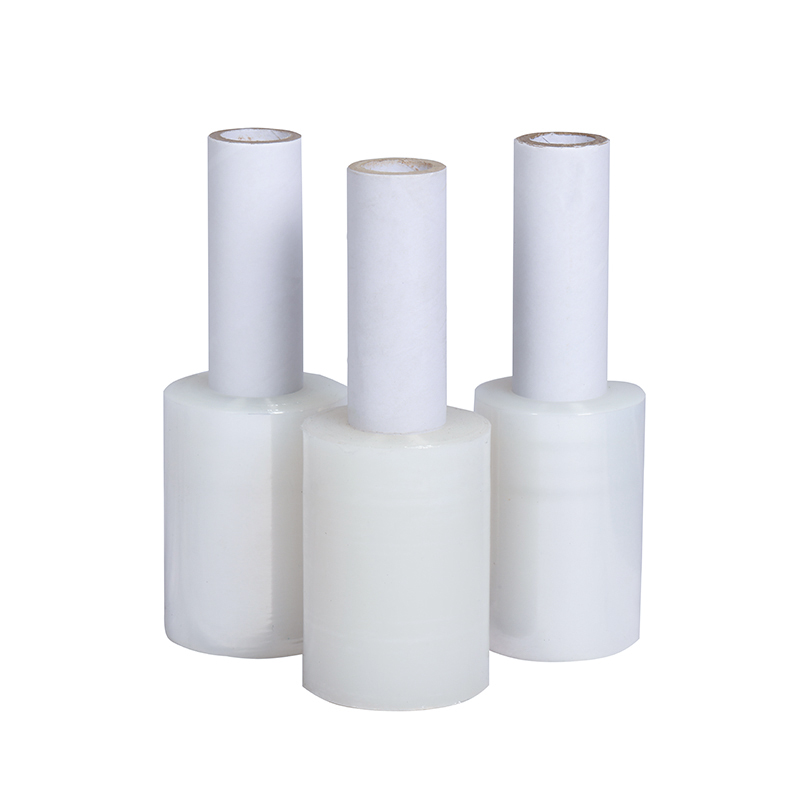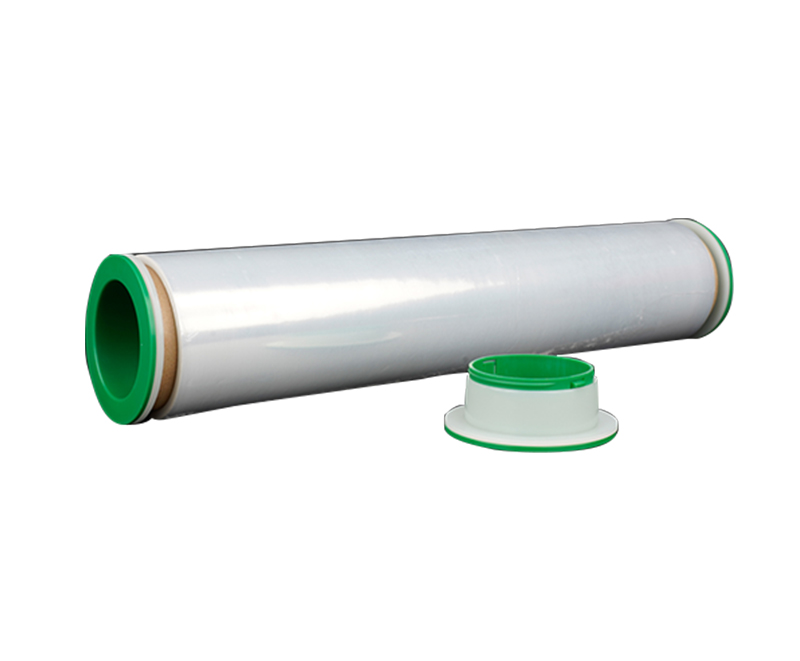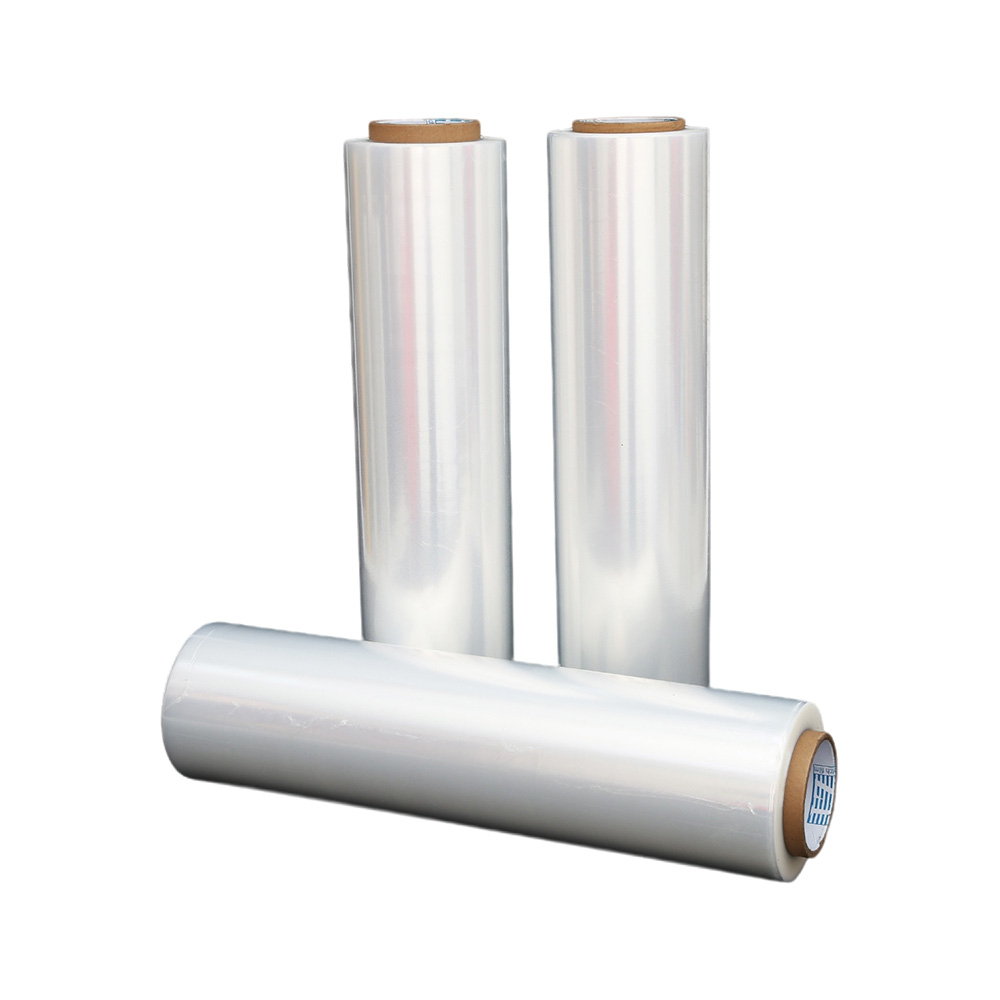PE vs PVC Stretch Film: A Comprehensive Guide
Source:PE vs PVC Stretch Film: A Comprehensive GuideTime:2025-03-12Visitors:
Stretch film is a vital tool in the packaging industry, offering versatility and protection for goods during storage and transit. Among the most common types are PE (Polyethylene) stretch film and PVC (Polyvinyl Chloride) stretch film. As a professional manufacturer with over 16 years of experience, we often get asked: Which one is better for my needs? This guide breaks down the differences between PE and PVC stretch films, comparing their properties, applications, and environmental impact to help you make an informed decision.
What Are PE and PVC Stretch Films?
PE Stretch Film
PE stretch film is made from polyethylene, a widely used plastic known for its flexibility and durability. It’s produced in various forms, such as hand-use, machine-use, and pre-stretched films, offering excellent tension and retraction force. PE films are typically transparent, moisture-proof, and dust-resistant, making them a popular choice across industries.
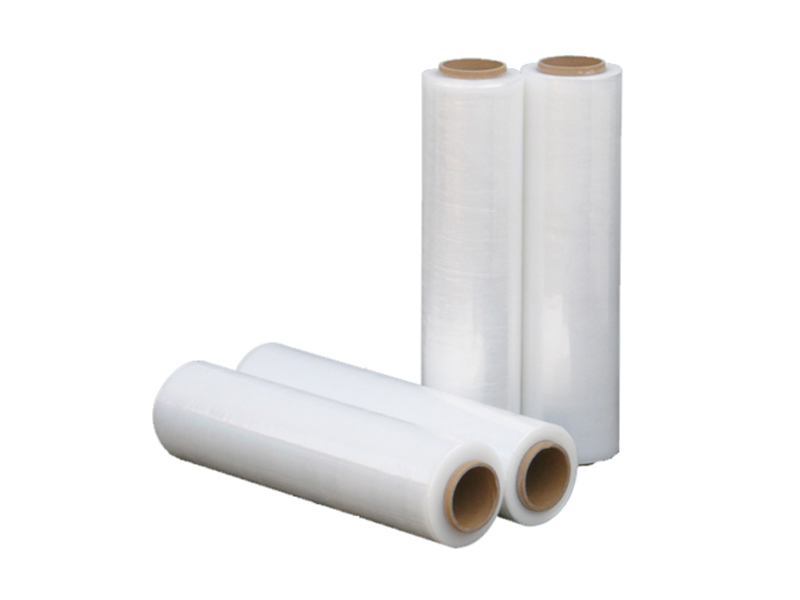
PVC Stretch Film
PVC stretch film, crafted from polyvinyl chloride, is another common packaging material. Known for its clarity and clinginess, PVC was historically favored for food packaging and small item bundling. However, its use has evolved due to environmental and health concerns tied to its chemical composition.
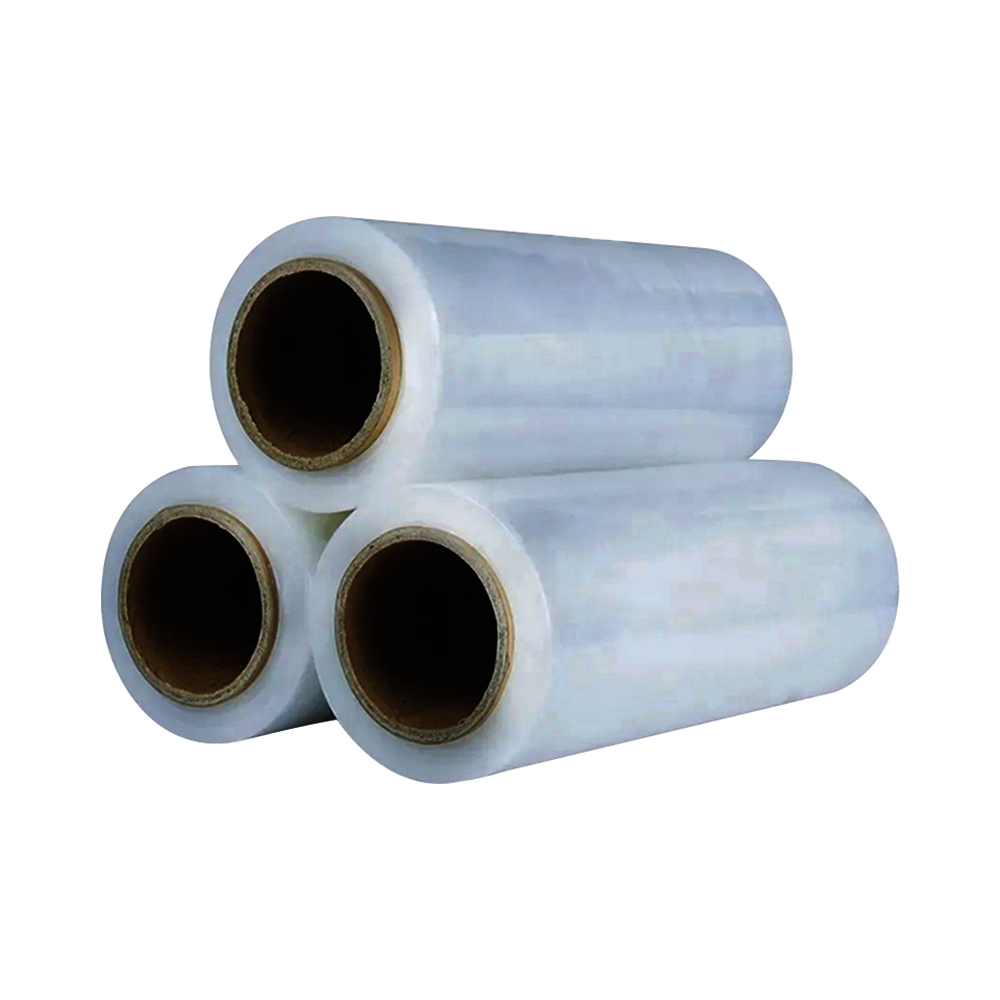
Key Differences Between PE and PVC Stretch Film
To choose the right stretch film, understanding their differences is crucial. Here’s a detailed comparison based on key factors:
1. Material Composition
- PE: Derived from ethylene, PE is a lightweight, recyclable thermoplastic. It’s free of chlorine, making it safer for broader applications.
- PVC: Contains chlorine and plasticizers (like phthalates) to enhance flexibility. These additives raise concerns about toxicity and recyclability.
2. Physical Properties
- PE: Offers high tensile strength, stretchability (up to 300% in some cases), and puncture resistance. It feels soft, smooth, and non-slip.
- PVC: Known for superior clarity and self-adhesion (cling). However, it’s less stretchable (typically up to 150%) and more brittle in cold conditions.
3. Applications
- PE: Ideal for pallet wrapping, logistics, and industrial packaging. Its moisture-proof and dust-proof qualities suit heavy-duty loads.
- PVC: Often used for food wrapping (e.g., meat, produce) due to its clarity and breathability, though its use is declining in favor of safer alternatives.
4. Environmental Impact
- PE: More eco-friendly, as it’s recyclable and doesn’t release harmful chemicals during production or disposal.
- PVC: Harder to recycle due to chlorine content and plasticizers, potentially releasing dioxins if incinerated, raising environmental red flags.
5. Cost
- PE: Generally more affordable and available in bulk, with customizable options like colored or printed films.
- PVC: Slightly more expensive due to its specialized production process and additives.
Pros and Cons of PE Stretch Film
Advantages
- Versatility: Suitable for a wide range of applications, from small bundles to large pallets.
- Durability: High retraction force and puncture resistance ensure secure load stability.
- Eco-Friendly: Recyclable and chlorine-free, aligning with modern sustainability goals.
- Customization: Available in hand-use, machine-use, pre-stretched, and colored variants.
Disadvantages
- Cling: Less natural cling compared to PVC, though additives can enhance adhesion.
- Clarity: Slightly less transparent, which may matter for display purposes.
Pros and Cons of PVC Stretch Film
Advantages
- Clarity: Exceptional transparency, perfect for showcasing products.
- Cling: Strong self-adhesion without additional adhesives.
- Breathability: Allows air circulation, beneficial for fresh produce.
Disadvantages
- Environmental Concerns: Difficult to recycle and potentially harmful if improperly disposed of.
- Temperature Sensitivity: Becomes brittle in cold environments, reducing effectiveness.
- Regulatory Limits: Restricted in some regions due to health concerns over plasticizers.
How to Choose Between PE and PVC Stretch Film
Selecting the right stretch film depends on your specific needs. Here are some guiding questions and scenarios:
Consider Your Application
- Heavy Loads or Pallets: PE stretch film excels with its strength and stretchability, making it the go-to for logistics and industrial use.
- Food Packaging: PVC might suit short-term needs for clarity and breathability, but PE is increasingly preferred for safety and compliance.
Evaluate Environmental Goals
If sustainability is a priority, PE is the better choice. Its recyclability and lack of toxic additives align with green initiatives, a growing demand in 2025’s eco-conscious market.
Assess Budget and Volume
For large-scale operations, PE’s cost-effectiveness and customization options (e.g., pre-stretched for reduced waste) offer long-term savings. PVC may suit smaller, niche applications where clarity is non-negotiable.
Test Physical Conditions
- Cold Storage: PE performs better in low temperatures.
- Display Needs: PVC’s clarity might edge out PE for retail visibility.
Industry Trends and Insights
In 2025, the packaging industry is shifting toward sustainable materials. PE stretch film is gaining traction due to its recyclability and advancements in production, such as thinner yet stronger films. PVC, while still used, faces scrutiny over its environmental footprint, pushing manufacturers to innovate safer alternatives. Quality control remains critical—factors like transparency, stickiness, and tensile strength directly impact performance, as noted in our ISO 9001-certified processes.
Practical Tips for Using Stretch Film Effectively
- Match Film to Equipment: Machine-use PE films optimize automated wrapping, while hand-use films suit manual tasks.
- Check Thickness: Thicker films (e.g., 20-25 microns) offer more strength; thinner pre-stretched films save material.
- Store Properly: Keep films in cool, dry conditions to maintain elasticity and cling.
- Test Before Scaling: Sample both PE and PVC for your specific load to ensure compatibility.
Summary: Making the Right Choice for Your Packaging Needs
Both PE and PVC stretch films have unique strengths, but the choice boils down to your priorities. PE stands out for its durability, eco-friendliness, and versatility, making it ideal for most modern packaging needs. PVC, while excellent for clarity and cling, is better suited to niche uses where its drawbacks are manageable. As a professional stretch film manufacturer, Dongguan Zhiteng Plastic Product Co., Ltd. has been crafting high-quality PE stretch films for over 16 years, serving global clients like Walmart and Foxconn. Our expertise ensures you get tailored, reliable solutions—visit us at www.dgzhiteng.cn to explore how we can support your packaging goals.Recommended Products
Ranked in the same article
- how to use the stretch film technology to r
- How can we get detailed price list?
- Five common quality problems of PE protecti
- Plastic film degradation
- How to guarantee punctual shipment for our
- Gauge to Micron and Millimetre Conversion G
- What is the difference between stretch film
- Testing the permeability of stretch film
- Stretch film temperature requirements
- Electrical wire film VS electrostatic film
- Why insufficient transparency of stretch w
Latest news articles
- The 133rd Spring Canton Fair
- What Properties Ensure Effective Cold Chain
- What is the Difference Between Magic Tape a
- How to check the quality of PE stretch film
- The significance of using PE electric wire
- The Ultimate Guide to Choosing the Right Ma
- Factors affecting viscosity of PE stretch f
- How can PE stretch film be cut better?
- Advantages of white engineering film
- Stretch Film Wrap: Unraveling Its Benefits
- Bundling Stretch Film: Optimize Your Packag

